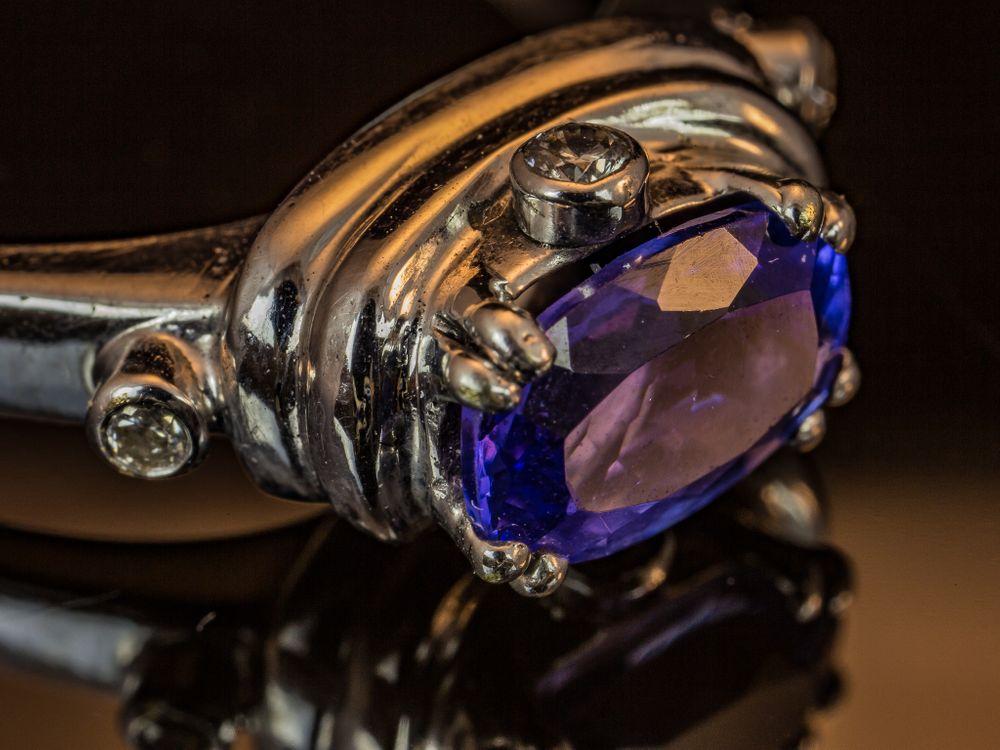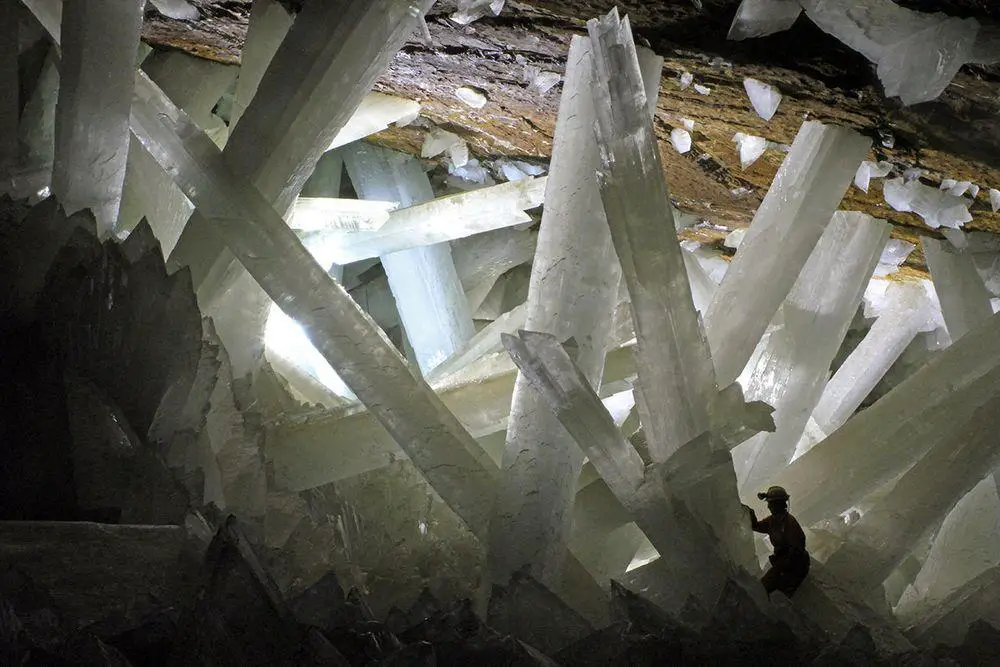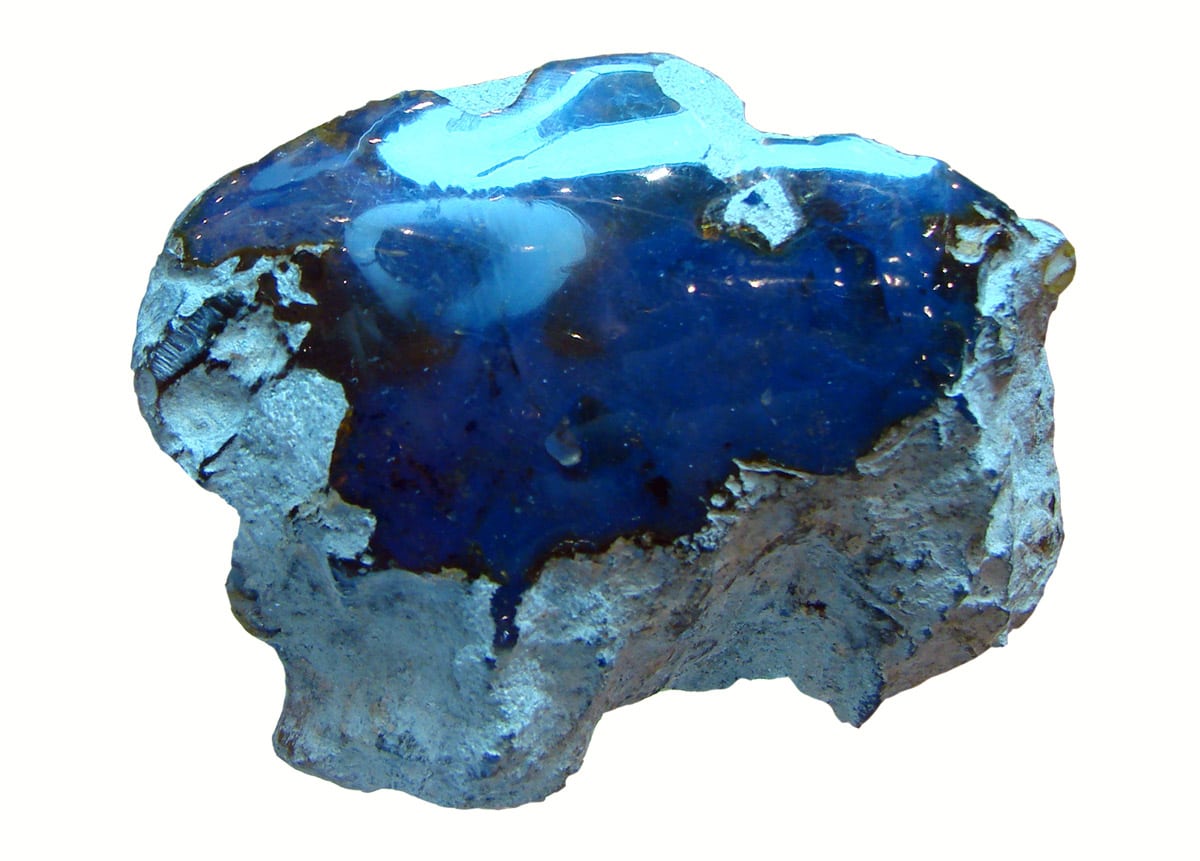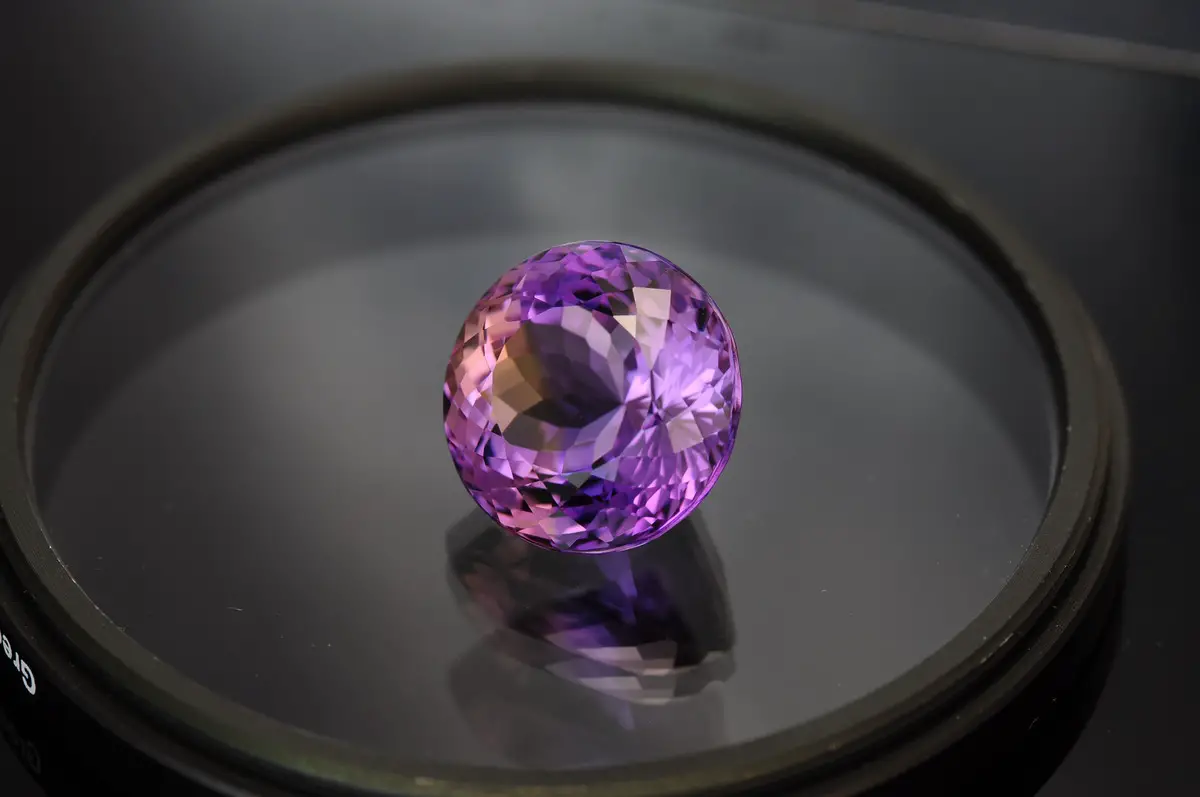Gemstone finds 🢔 Rare natural materials 🢔 Geological wonders 🢔 Categories of wonders
Wonder
Merelani Hills – the only find of tanzanite
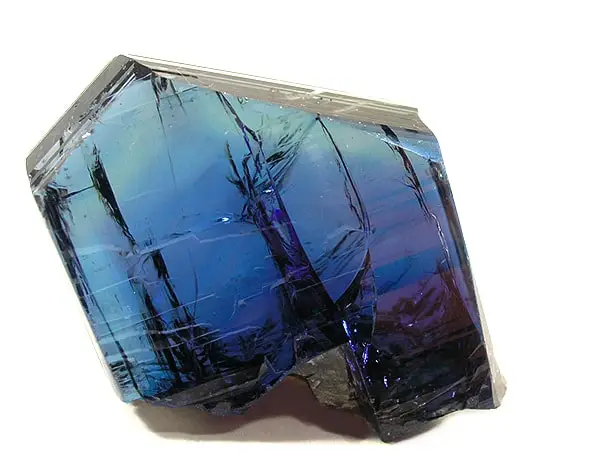
 In short
In short
There is only one place on Earth where is found a gorgeous gemstone – tanzanite, which is found in Merelani Hills, Tanzania. Thousands of workers continue to mine it hundreds of meters deep but it is expected that the only find of this stone may be exhausted soon. This stone is a precious, very unusual gift by nature in a strictly limited amount.
 43.3%
43.3%
GPS coordinates
Location, address
Name in Swahili
Alternate names
Gemstones
Map of the site
If you see this after your page is loaded completely, leafletJS files are missing.
 In detail
In detail
History
Maybe one day there will be made a series about tanzanite. An attempt at the scenario by Wondermondo:
The first episode: “False start”
In January 1967 young Maasai man Ndugu Jumanne Ngoma was going to visit his relatives in Kiteto village. As he crossed the low Merelani Hills, he noticed something unusual – blue, transparent gems. He was not in a hurry – thus he stopped and started to pick up these stones. Over the course of several hours, he collected some 5 kilograms of these natural wonders. The value of this find today would be at least one-two million US dollars.
When Ndugu reached Kiteto, his friends advised him to take a bus and go to Nairobi to sell the blue stones in the gem market. There he definitely will get better profit than in the nearby Arusha town.
Thus Ndugu borrowed some money and went to Nairobi. He found an office of gemstone dealers, went in, and showed the gems. “Leave them here, we will determine their value (if any) and will send an answer to you somewhat later” – said dealers, and the simple country boy agreed – just asked for some money to return home.
It seems, these dealers still are busy trying to find out the value of these stones, and Ndugu (if he is in good health) still is waiting for the message from Nairobi…
The second episode: “It begins”
In the same January 1967, another Maasai man Ali Juuyawatu noticed a cluster of deep blue crystals on the ridge of Merelani Hills. He told about this find to tailor and gold prospector, Portuguese Manuel d’Souza, or, as he was known among locals – Mad Manuel.
Mad Manuel picked up these stones – they definitely looked interesting, although it was not clear what kind of mineral it is and what could be its value. Stones looked like sapphires but had an unusually vibrant color.
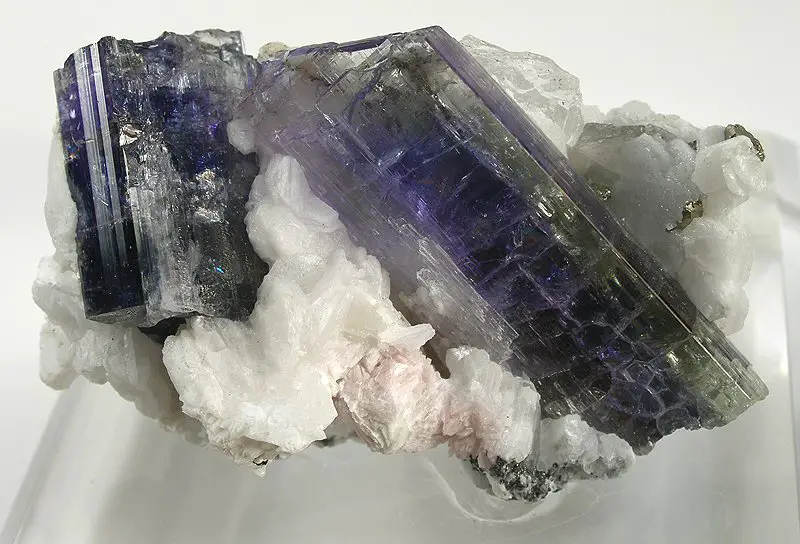
Manuel showed the stones to geologist John Saul but the latter also could not determine them and decided to send the stones to his father, another geologist Hyman Saul in New York. Saul-elder brought stones across the street to the Gemological Institute of America and specialists there determined that this mineral is zoisite.
In the meantime, several more geologists in Tanzania received samples of this stone and their decision was the same – this is a very unusual variety of zoisite.
The third episode: “Tiffany”
International jewelry giant “Tiffany & Co” noticed these blue stones early. And they – gem cutters, designers, marketing specialists, and, of course, managers – acted fast. In 1968 consumers were introduced to a new, beautiful gemstone named “tanzanite” through a sophisticated marketing campaign.
In fact, geologists initially called the stone simply “blue zoisite”. Jewelers at Tiffany were not happy about this – after all, this sounds a bit like “blue suicide”. Try to sell something with such a name!
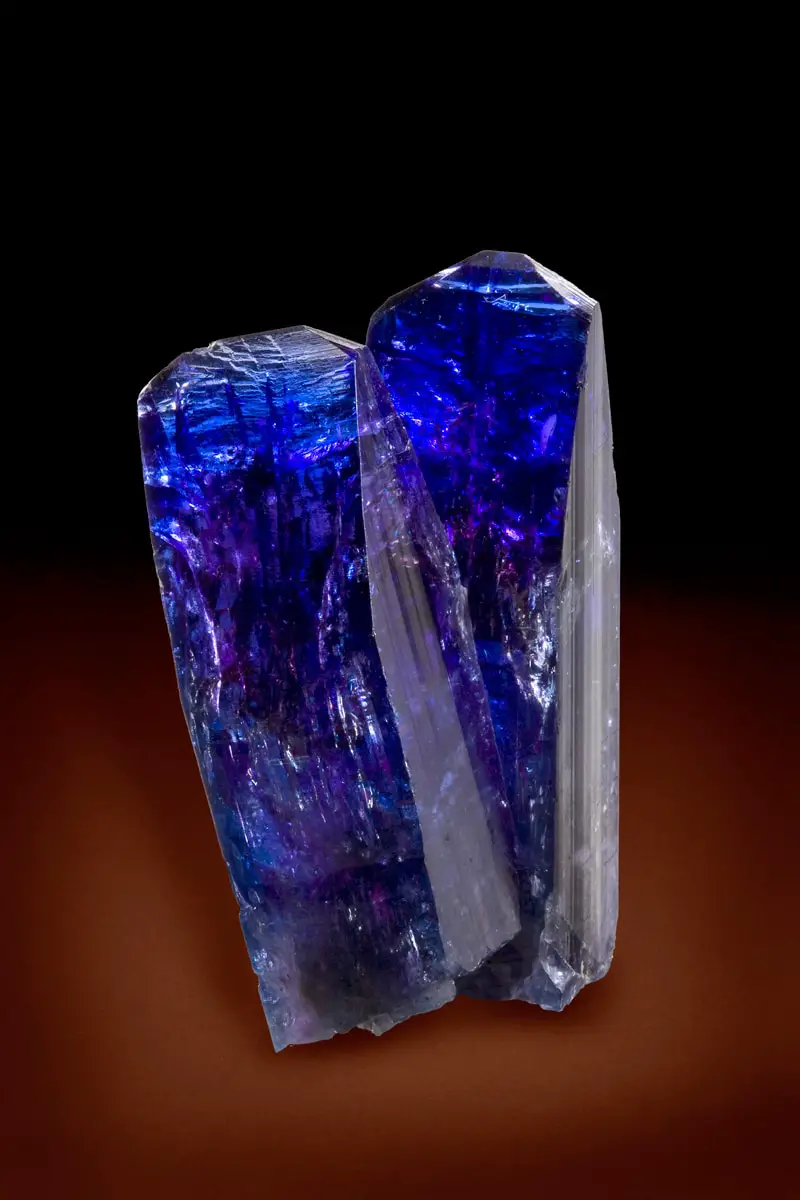
Meanwhile, the country of origin – Tanzania has a beautiful, tuneful name. Thus – tanzanite! The marketing campaign of Tiffany declared that this is the most beautiful gem discovered over the last 2,000 years, and stones were included in beautifully crafted rings, necklaces, and brooches. This definitely was a big success for “Tiffany & Co”, well-timed and well-executed. Tanzanite is one of the main gemstones in Tiffany’s jewelry up to this day.
The fourth episode: “Mad times in Merelani Hills”
People headed towards Merelani Hills. We have heard these stories – whether this is a gold rush in Alaska in the 19th century or the mining of diamonds in West Africa now, human nature stays the same. Thousands and thousands of people were digging through the cliffs and dust of Merelani Hills in 1967 – 1971. Everything of value disappeared from the surface of hills in some months’ time and people started to dig deeper in the ground for the next stones. They were disturbing each other, pits and shafts frequently collapsed, and most did not find anything and were increasingly irritated. Conflicts were commonplace, just as theft and heavier crime.
Tanzanian government interfered in 1971 (by that time some 2 million carats of gemstone were mined) and nationalized the mines. But this did not change much – the chaos in Merelani Hills continued. Sometimes up to 30 000 people were working side by side in this small plot of Tanzania and in total, some 70 000 people earn their income thanks to the tanzanite.
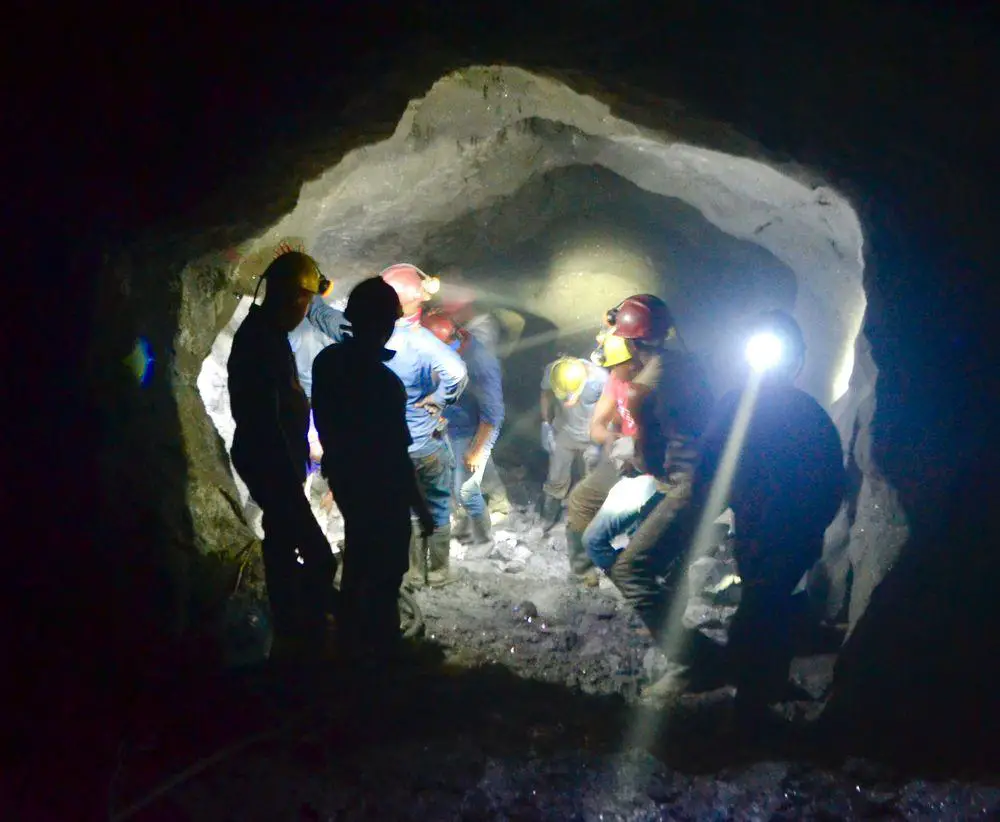
The fifth episode: “The big guys know it better”
In 1990 the find of tanzanite was divided into four blocks – A, B, C, and D, where the mining rights in B and D were given to local miners, but A and C – to large operators (now small miners are also in A block).
Since 2004 block C is operated by the company “TanzaniteOne Mining Limited” – a mining company that strives to be a showcase of ethical business. And, indeed, mines (up to 800 meters deep!) of this company are a lot more safe and comfortable than in the other sectors, workers are better protected socially, tanzanite stones are getting added value (sorting, cutting) in their home country – Tanzania.
In order to promote knowledge about the real value of tanzanite “TanzaniteOne” has created a subsidiary non-profit organization “The Tanzanite Foundation” which strives to improve the living conditions of the local community and, especially, workers in tanzanite mines. Nevertheless, local miners, which work outside the “TanzaniteOne” sector, consider that “The Tanzanite Foundation” is a typical case of astroturfing – an artificially created pseudo-civic organization that imitates socially important activities in order to retain the control of large companies over natural resources.
What about the other – sectors of local miners? Not much has changed except that mines are going deeper and deeper and work is harder and harder. One needs to descend hundreds of meters into narrow and dangerous ratholes and work through dust and cliffs in search of increasingly rare tanzanite crystals.
The mines are gradually exhausted. In 2011 “TanzaniteOne” mined some 2.5 million carats and earned 24 million USD. Since then the amount of tanzanite and profits are falling, and the number of workers is decreased. Mines go deeper and deeper and it is increasingly expensive to maintain them. Thus it is expected that around 2030 – 2040 the mining may stop here altogether.
Geology and chemistry
Zoisite
Tanzanite is a variety of a rather common mineral – zoisite.
Zoisite also can form beautiful, transparent crystals which are colorless, greenish, grey, or brown. Fine gems are cut from zoisite too – but the value of other varieties is not as high as the tanzanite value.
Blue zoisite of Merelani Hills
Only in one place on Earth is found zoisite in wonderful, deep blue color – this is in Merelani Hills, Tanzania (although some ink-blue gems of zoisite were found also in the Tsavo region, Kenya). This zoisite – tanzanite – is found in a small area that is just 7 by 2 km large. Tanzanite is at least 1000 times rarer than a diamond.
This gemstone has formed in metamorphic rocks and is mined together with several more beautiful gemstones, such as chrome diopside, tsavorite, blue apatite, grass-green tremolite, and another unique gemstone – axinite-(Mg). In Merelani Hills are found the most beautiful crystals of graphite in the world – one more highly valued collector’s item.
Mines in Merelani Hills have been very rich and the quality of mined jewels does not decrease up to this day. Thus, from 1995 to 2005 there were mined some 39 tons of tanzanite.
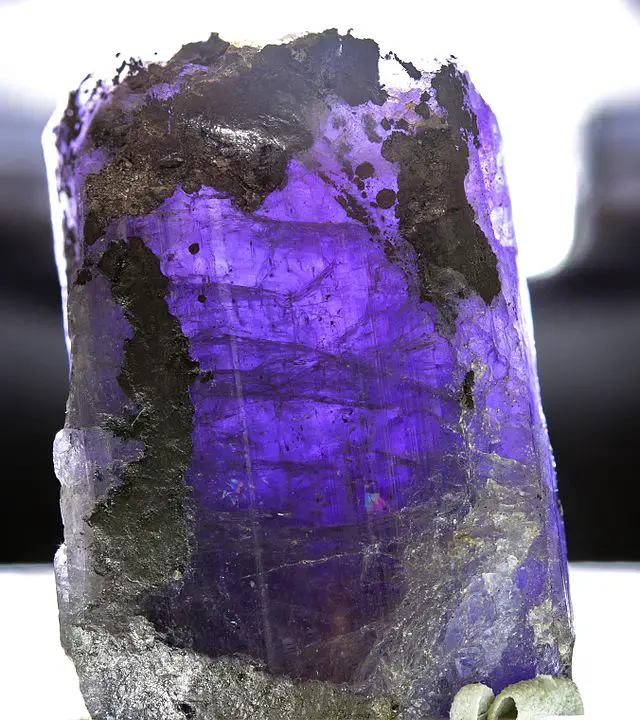
The largest rough piece of tanzanite was found in 2005. The weight of this stone was more than 3 kg: 16,839 carats. It was named “The Mawenzi” – after one of the summits of nearby Kilimanjaro.
Heat treatment for color
Rough tanzanite is reddish-brown to colorless and there is needed heat treatment to bring out the beautiful blue-violet color. There is needed heat of some 370 – 390 °C for some 30 minutes. The process is risky: if a crystal has some cracks, it shatters in the process.
Sometimes nature creates these blue crystals. Initially, in 1967 there were found beautiful blue crystals on the ground surface. These crystals, most likely, were heated by forest fires. But also deeper in the mines in some places crystals are blue – these pieces of zoisite, most likely, got heat from some geological processes in the past.
Tanzanite by far is not the only gemstone that is heated. For example, some 90% of sapphires, most of the amethysts, ruby, aquamarine, and, other stones are heated as well. Sapphires can be heated at much higher temperatures for weeks, totally transforming the stone.
Thus specialists do not consider the comparatively mild heating of tanzanite to be “cheating” – especially if this happens naturally as well.
Miraculous color effects
The unusual blue color is created by trace amounts of vanadium and/or chromium – similar as in the case of extremely rare blue garnets (see blue garnets of Bekily, Madagascar).
Tanzanite has a very unusual property – trichroism. This means that a crystal of tanzanite changes its color depending on the direction of how one looks. From one side it may be deep blue, from other – purple, and from another – burgundy. There happen to be other colors too: indigo, cyan, green, yellow.
In fluorescent light, the blue color is more intense, in incandescent light the violet hues are more pronounced.
After the heat treatment stone is dichroic – color changes between purple and indigo or blue. Heat treatment removes the brown – burgundy color.
Rarely the stone gets a set of green and blue color. Such stones have much less value as gems, but collectors love them – these stones are especially rare.
The most valuable – deep blue color – is only in 1% of tanzanite samples.
High value
Thus far there has not been noticed synthetic tanzanite or high-quality imitations. This again is rare – and increases the value of the stone even more: if something is sold as tanzanite, a client can be sure that this IS tanzanite.
The price of the highest valued tanzanites may reach 1200 USD per carat and it continues to increase. Tanzanite is also one of the highest valued stones for collectors – even in the largest collections tanzanite takes the central role. Many specialists consider that this is the noblest of all blue gemstones, surpassing even the centuries-long fame of sapphire.
References
- Tanzanite Foundation. Page accessed in the 1st December 2018.
- Working the Blueseam: The Tanzanite Mines of Merelani. Now this is a great website! Accessed in the 1st December 2018.
Merelani Hills are included in the following articles:
 Linked articles
Linked articles
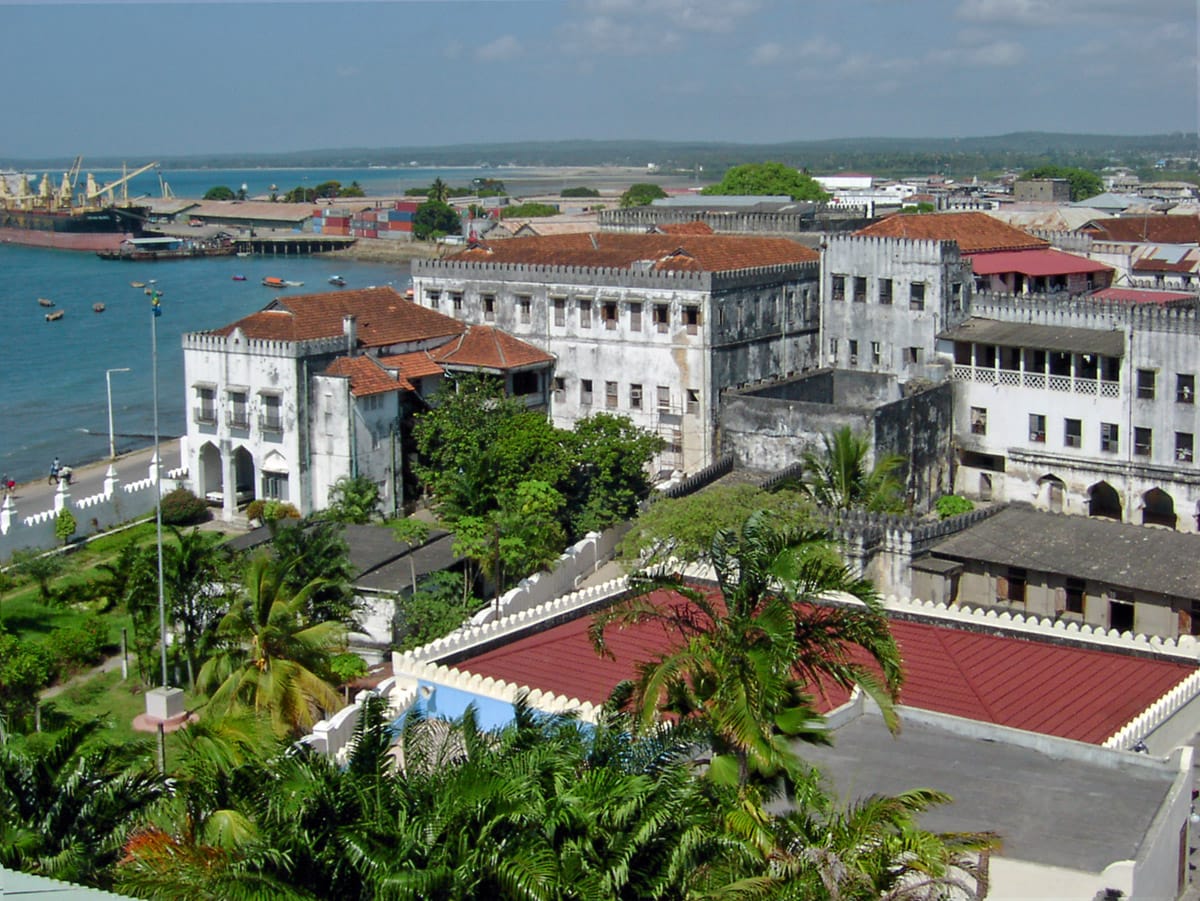
Wonders of Tanzania
This very diverse country has unforgettable scenery and many world-famous landmarks. Highlights of Tanzania are its unique ecosystems, finds of early humans, and historical trading towns in the Indian Ocean.
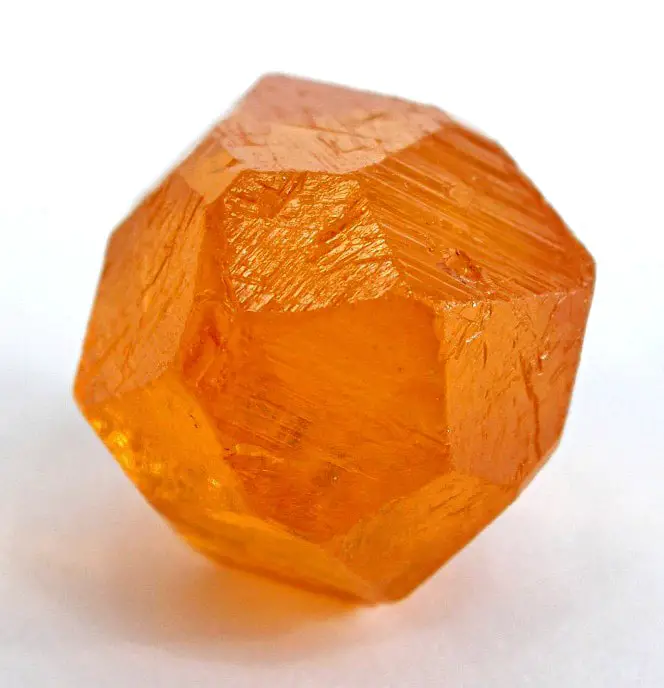
Gemstone finds
Gemstone finds are locations where are found rare and beautiful stones which that can be used for jewelry and have high market value.
Many finds of gemstones, such as jadeite mines in Guatemala or Sar i Sang lapis lazuli mines in Afghanistan – have been used for millennia and are legendary places.
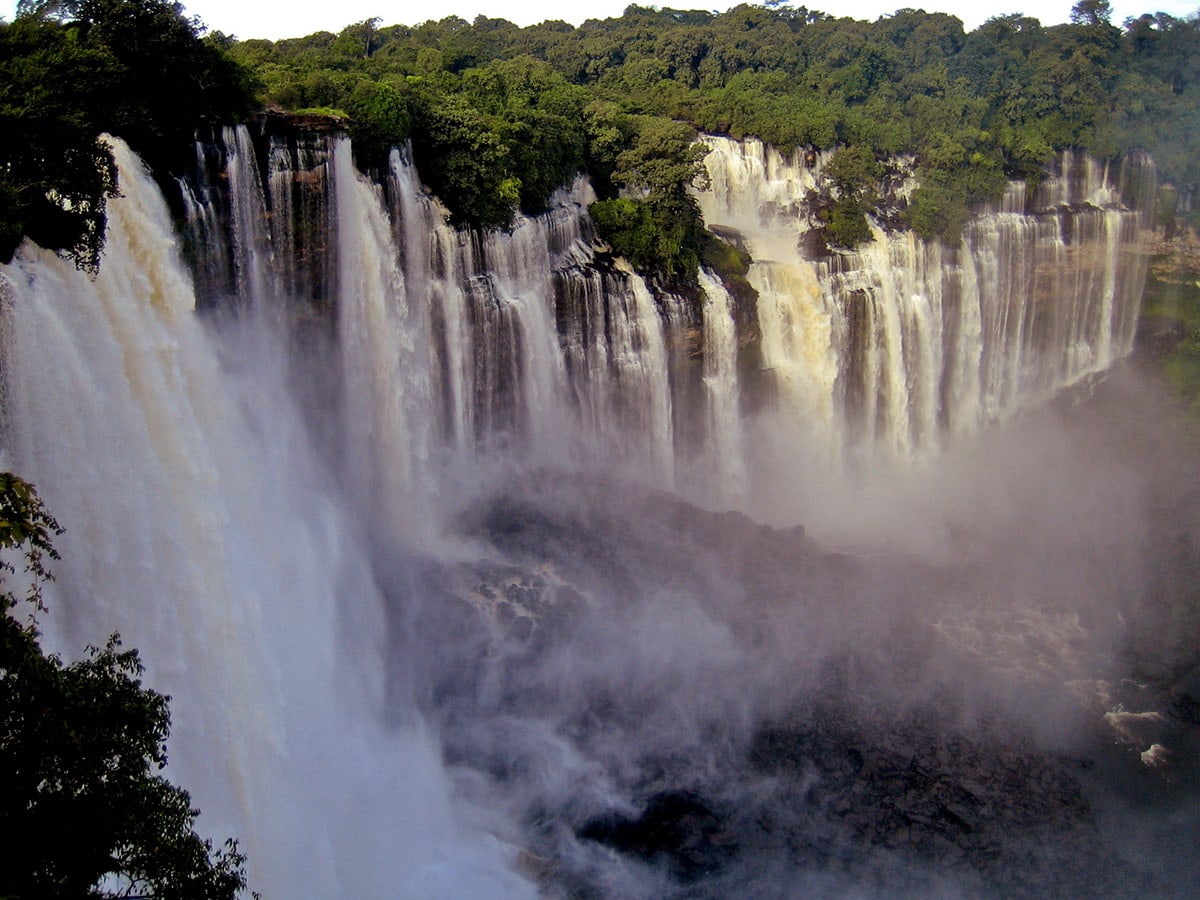
Wonders of Africa
Africa has many outstanding wonders and some of the most surprising ones are the heritage of Egyptian civilization, the vernacular architecture of the Sahel region, tropical ecosystems, and others.
 Recommended books
Recommended books
Tanzanite: Born from Lightning
Upon the discovery of Tanzanite in Tanzania a specimen was entrusted to the stonecutter Manuel de Souza, who shared some samples with distinguished gemologists. While the prospector thought that he had found some sapphires, he was astonished to learn that he had unearthed something altogether extraordinary…
Exotic Gems
This is the first in a series of books that will explore the history, lore, evaluation, geographic sources, and identifying properties of lesser-known gems. This volume has 288 color photographs of mounted and loose tanzanite, ammolite, zultanite, rhodochrosite, sunstone, moonstone, labradorite, spectrolite, andesine, amazonite, bytownite, orthoclase, and oligoclase.

